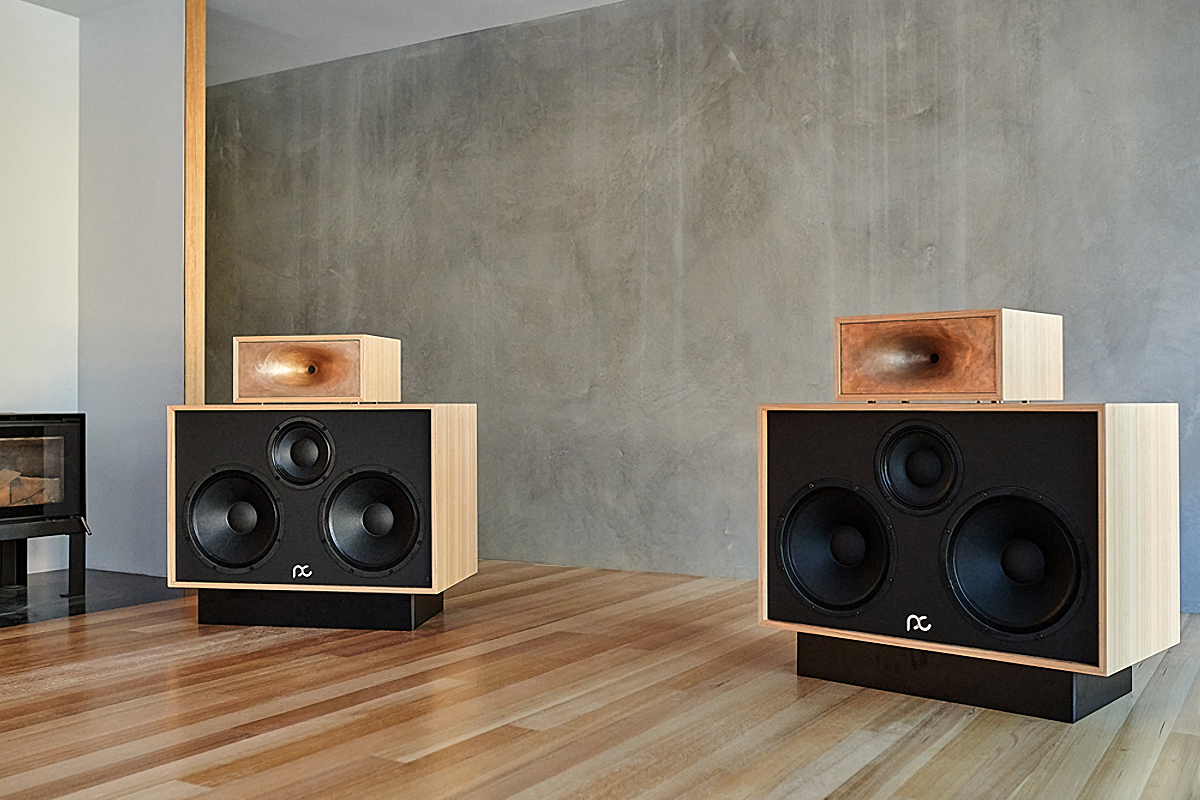Lately, I’ve been enjoying the SoundStage! Audiophile Podcast, which is hosted by Brent Butterworth, senior editor of SoundStage! Solo, and Dennis Burger, senior editor of SoundStage! Access. Brent and Dennis tackle a wide range of topics and do a ton of preparation for each episode. The production is polished, the discussions are well-informed and thought-provoking, and the presentation is casual and inviting.
Listening to Brent and Dennis, I feel like I’m hanging out with a couple of audio bros. Kinda makes me want to take a bottle of Four Roses off the shelf and pour us each a shot—which is a problem, because I’m in Canada, Brent is in Washington, and Dennis is in Alabama.
In episode 12, Brent and Dennis addressed a subject that’s near and dear to my heart: the growing importance of active loudspeakers and what that means for traditional component hi-fi. Their jumping-off point was an article by Edgar Kramer on SoundStage! Australia about some wild-looking speakers from Tasmania-based Pitt & Giblin. The Superwax and Superwax Mini both employ 1″ compression-driver tweeters firing into cast-bronze waveguides. The Superwax Mini is a two-way design, with a 15″ woofer. The Superwax is a three-way design with a 10″ midrange driver and two 15″ woofers. Looking at these speakers from the front, you might think they’re supersensitive horn speakers intended for use with low-powered, single-ended triode amplifiers. In fact, they’re active designs; the drivers are powered by built-in Hypex Ncore class-D amplifier modules.
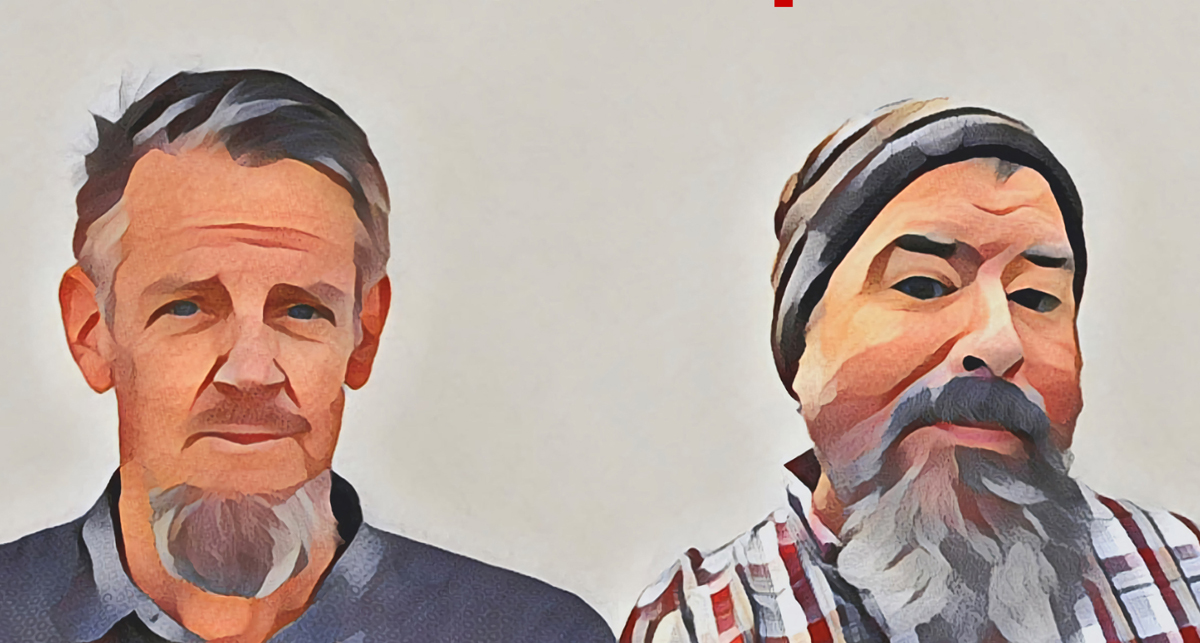
“If our hobby is going to thrive, stuff like this has to be the core of the future,” Dennis opined. To emphasize his point, Dennis cited the volume of reader inquiries he receives asking for advice on which amplifier to match to a given speaker, or which speaker matches a certain amplifier. “Something like this takes that out of the equation,” he said.
“This is a groundbreaking product,” Brent agreed. “Instead of pairing this unusual speaker with some wacky tube amp, you’re using state-of-the-art amplification built-in. . . . Amps are never going to die. But are amps kind of dead?” Chuckling, Dennis replied, “I don’t know if they’re dead. I just think they are unnecessary.”
Are amplifiers “kind of dead?” Or “unnecessary”? Are active speakers “the core of the future”? Let’s have a debate on the subject.
Side A: Component hi-fi is doomed!
There are compelling reasons to believe that hi-fi is undergoing a sea change, and that active speakers are a more attractive proposition than traditional components for most audiophiles—even if they don’t know it yet.
Value: Active speakers typically deliver a lot more bang for the buck than systems built around passive speakers. Consider KEF’s LS50 Meta ($1599.99/pair, all prices in USD except where noted) and LS50 Wireless II ($2799.99/system), both of which received SoundStage! Network Product of the Year awards.
This is as close to an apples-versus-apples comparison as you can imagine.
Both employ the same 12th-generation Uni-Q array, comprising a 5.25″ magnesium-aluminum bass-midrange driver with a concentrically mounted 1″ aluminum-dome tweeter. The drivers feature KEF’s Metamaterial Absorption Technology: a labyrinthine disc behind the driver that absorbs rearward energy, preventing it from interfering with the driver’s frontward radiation. The molded rear-ported enclosures are virtually identical. The difference, of course, is that the LS50 Meta is a conventional passive speaker while the LS50 Wireless II is an active design.

When I reviewed the LS50 Wireless II, I called it “the best deal in hi-fi right now,” and I haven’t changed my mind. For $1200 more than its passive stablemate, the LS50 Wireless II adds 760W of built-in amplification, a high-resolution streaming DAC, and preamp functions with a broad range of inputs. To obtain anywhere near this level of functionality and performance with a pair of passive LS50 Metas, you’d have to partner them with components costing $2000 or more—probably much more. So the active KEF system is at least $1000 cheaper than a comparably featured system built around the LS50 Metas.
That makes complete sense when you think about what you’re not paying for when you buy an active speaker like the LS50 Wireless II. You’re not paying for casework for the amplifier and other components, or for front-panel knobs and controls. You’re not paying the packaging and shipping costs associated with a system comprising several components, or the costs of carrying multiple products in inventory. All these costs get passed onto the final consumer and are marked up at each point in the distribution chain. And they mount up with a conventional component system with passive speakers, amplifiers, and source devices.
Performance: Even if you pay a premium for a conventional component hi-fi system, an integrated active system will almost certainly deliver better performance. With active speakers, the crossover comes before the amplifiers in the signal path, and there is a dedicated amplifier for each frequency range. In a 2017 feature on SoundStage! Hi-Fi, Doug Schneider cited several benefits of this approach: “The direct coupling of the power from the amplifiers to the drivers, for better control; more efficient use of power from the amplifiers, for improved power delivery; and the ability to create more accurate response curves, for flatter overall response and better optimization of the signal for each driver’s capabilities.”
A related benefit is the fact that active speakers are closed systems. Purchasers don’t have to worry about system matching, which, as Dennis and Brent mentioned in their podcast, is a common concern.
Moreover, designers can choose the optimum amplifier topology for each frequency band. For example, the LS50 Wireless II has a 280W class-D amp for the midrange-woofer, and a 100W class-AB amp for the tweeter. Reproducing bass requires high amounts of continuous power, which that 280W class D can deliver without heat build-up. For the tweeter, high levels of instantaneous power may be needed to reproduce sudden transients, but continuous power requirements are fairly modest. This means heat build-up is less of an issue, so a class-AB amp can be used to power the tweeter. Class-AB designs do not require output filters, so bandwidth is greater.
An active crossover can be implemented with analog components or a digital signal processor. Most active speakers designed for the consumer market use DSP. The DSP can be programmed to perform other functions as well, such as room-boundary compensation, dynamic equalization, and time-alignment of the drivers.
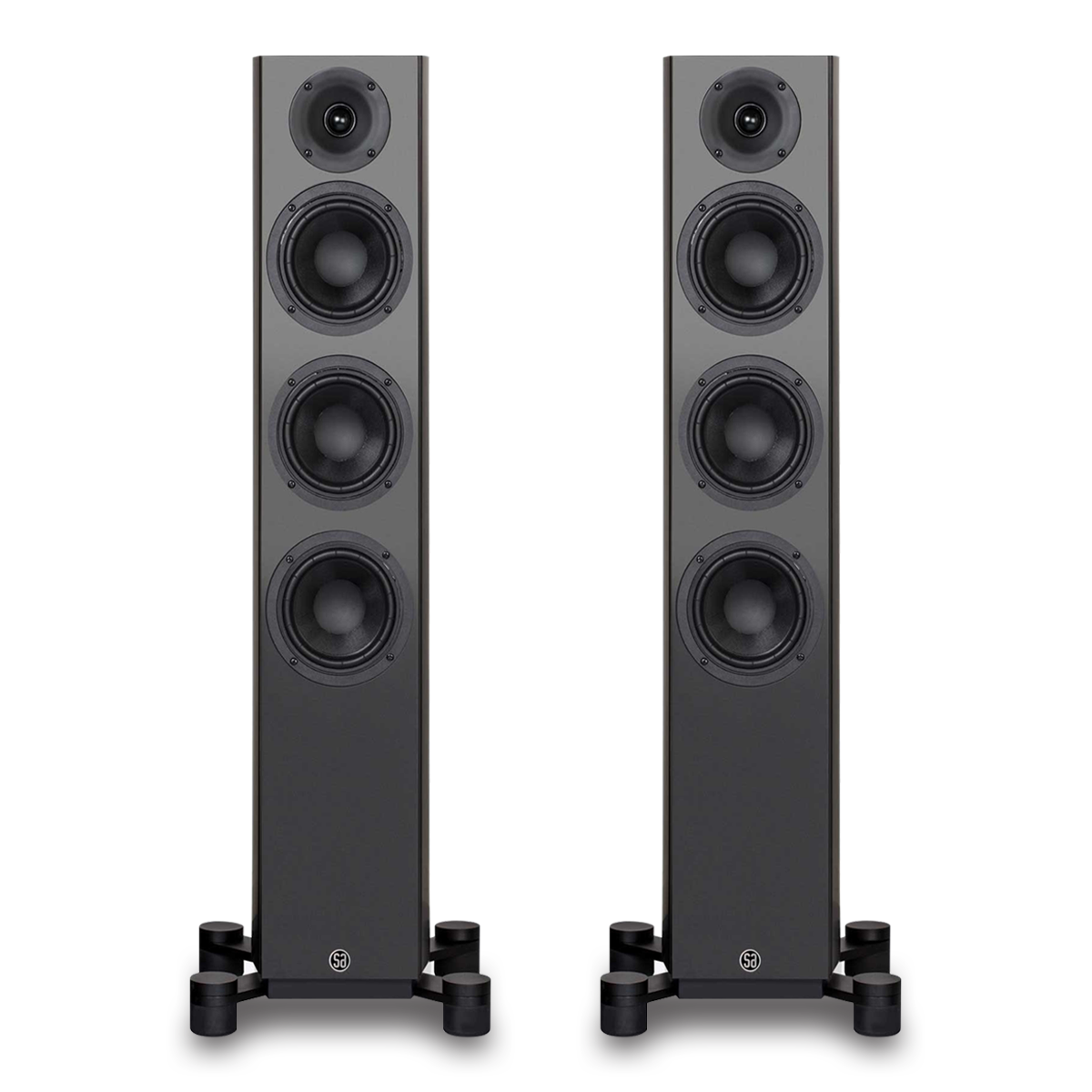
Different manufacturers exploit DSP in different ways, enhancing performance in ways that would not be possible with a conventional passive speaker. Here’s another apples-versus-apples example. System Audio’s Legend 40.2 (€3199/pair) and Legend 40.2 Silverback (€4999/pair) floorstanding speakers have the same driver complement; but the former is a passive model and the latter an active design employing four Texas Instruments power DACs (one for each driver), with total output of 300W.
The enclosures are identical, but the passive Legend is ported, while the active Silverback model is a sealed design—the rear port is stuffed with foam. “In the passive version, the only way to get real bass is from a bass reflex tube,” explained System Audio founder Ole Witthøft in an email exchange. “The downside of bass reflex is poor group delay, which results in loss of precision. The sealed Silverback version is much more precise; and with DSP in the Silverback module, we can stretch response down to 20Hz at normal and background listening levels.”
The DSP performs dynamic EQ, reducing deep bass output at high listening levels to prevent damage to the drivers. This would not be possible with a passive system, and it shows in the specifications. The passive Legend 40.2 has specified frequency response of 30Hz–25kHz, ±1.5dB; for the active Silverback, it’s 20Hz–25kHz, ±1.5dB.
System Audio offers downloadable “RAM Tweaks” for the Legend 40.2 Silverback to reprogram the DSP so that the speaker behaves differently. The current default RAM Tweak time-aligns the drivers, all of which cover different frequency ranges; the speaker operates like a 3.5-way transitional array. A different RAM Tweak configures the 40.2 Silverback as a straight three-way, time-aligned system, while another trades off maximum SPL for deeper bass response and clearer highs. This flexibility would of course be impossible with a conventional passive loudspeaker.
Domesticity: A major appeal of active speakers is their room-friendliness. Some models, such as KEF’s LS50 Wireless II and the new LS60 Wireless ($6999.99/system), have built-in network streamers. They’re complete, self-contained music systems. Plug the two speakers into AC outlets, connect the system to your home network, and you’re ready to play music. You can hook up other components such as a disc player or HDTV, but you don’t have to.
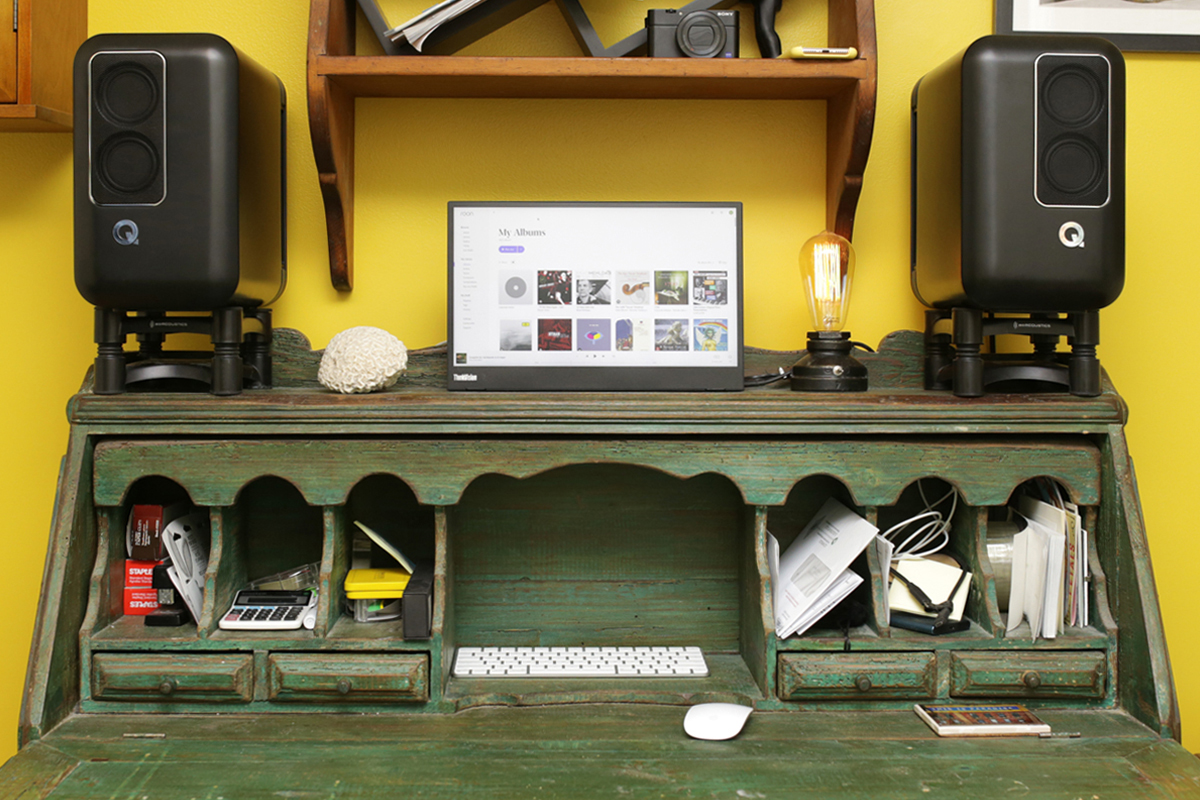
A variation on this theme is an active speaker system, such as Q Acoustics’ Q Active 200 ($1499/system), that uses a wireless hub for streaming and wired inputs. The Q Active Hub sends 24-bit/96kHz audio to the two speakers. The Hub has ethernet, Wi-Fi, and Bluetooth connectivity. The system is Roon Ready and supports Apple AirPlay 2, Google Chromecast, and Spotify Connect. Plug the speakers and Hub into AC outlets, connect the system to your home network, and you’re all set to stream.
You can also play audio from source components such as a turntable, disc player, or HDTV. On the back of the Q Active Hub is a pair of RCA input jacks, switchable between MM phono and line-level operation; an HDMI eARC port; and an optical S/PDIF (TosLink) input.
As I wrote in a recent feature, I’ve installed a Q Active 200 system in my home office for desktop audio. Placed on a table near a doorway on an adjacent wall, the Q Active Hub is connected to a Pro-Ject Debut Carbon Evo turntable. There is no way that I could have set up the ’table in my office with a conventional component system. Having connections and networking on a wireless hub is what makes my office system work.
The ability to fit seamlessly into multipurpose living spaces is one of the things I appreciate most about integrated active speakers. This can translate into performance benefits. With a conventional component system, if you want to place speakers in the positions where they’ll sound best, you may have to trail speaker wires around doorways and other structures—in a multipurpose room, that might not be practical. With integrated active speakers, if there’s a nearby AC outlet, you’re in business.
Side B: Component hi-fi lives on!
Despite these benefits, active speaker systems remain a small (but growing) part of the hi-fi market. Most people still buy traditional components. Part of the reason for this is familiarity. The source-amplifier-speaker paradigm has dominated hi-fi for more than six decades, so audiophiles are more comfortable with this model. So are hi-fi dealers. But traditional component systems have some advantages of their own.
Choice: Because the source-amplifier-speaker paradigm is so established, there are many more options with component hi-fi than there are with active speakers. In some of his columns on SoundStage! Hi-Fi, Doug Schneider has opined that there may be too many hi-fi brands out there—maybe twice as many as we really need. But high-end audio is different from consumer technology products like smartphones and flat-panel TVs. In those industries, the barriers to entry are forbiddingly high—surmountable only by giant corporations.
Hi-fi is more like winemaking or fashion where such barriers can be overcome by entrepreneurs with vision, skill, and determination. This has happened time and again in the history of hi-fi—and shows no sign of stopping. New brands are emerging all the time. Just as with wine and fashion, hi-fi companies can create niche products that adhere to a particular aesthetic. And this translates to a wonderful range of options for audiophiles.
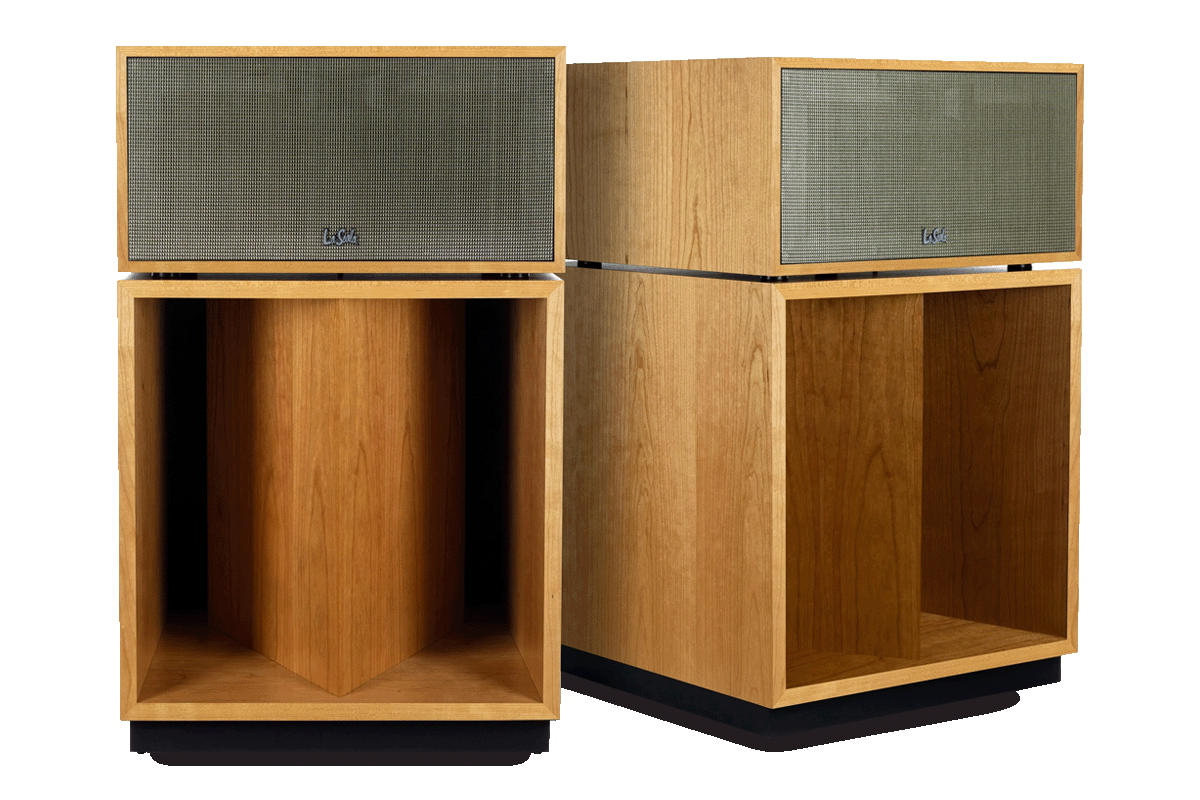
Want a system that can deliver concert-hall sound pressure levels and dynamics? If your room can accommodate them, a pair of Klipsch La Scala AL5 horn-loaded speakers ($13,198/pair) should generate the thrills you’re seeking. Or do you gravitate to speakers with holographic imaging and stunning transparency? A pair of Focal Sopra No1 minimonitors ($11,998/pair) might be just the ticket. I could give tons of other examples, but you get the picture.
Even if it’s installed in a dedicated listening room, an audio system forms part of one’s living space, so visual design is another important consideration. Here too the range of choices is much greater with traditional component systems than it is with integrated active speakers.
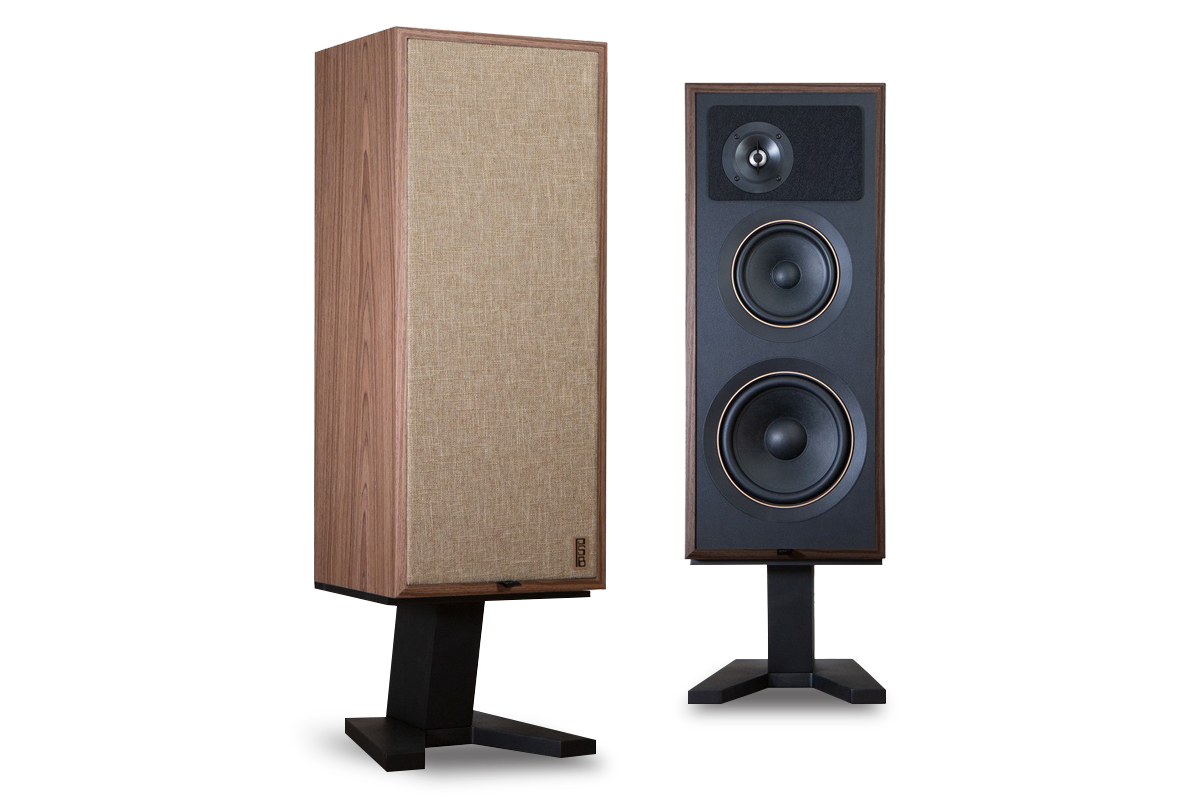
Lately, audio manufacturers have been introducing products that cater to audiophiles with a nostalgic bent. A recent example is PSB’s new Passif 50 standmount speaker ($2499/pair, including dedicated stands). Created to commemorate the Canadian brand’s 50th anniversary, the Passif 50 is a modern take on PSB’s Passif II—the first speaker designed by PSB at the acoustics lab of Canada’s National Research Council.
Electronics manufacturers are also getting in on the nostalgia boom. With their iconic black-glass front panels and glowing, blue power meters, McIntosh Laboratory’s integrated amps and power amps could be the poster children for retro-styled hi-fi. And lately, major Japanese brands have been releasing amplifiers with big silver knobs and prominent power meters that recall components from the 1970s and ’80s. A great example is the exquisitely built Yamaha A-S3200 integrated amplifier ($7999.95).
In their podcast, Brent and Dennis described how challenging it can be for audiophiles to match components—having too many options can be burdensome. But there’s an upside to all this choice. It lets audiophiles assemble music systems that reflect their personalities, as do the wines they drink and the clothes they wear.
Feature set: Component hi-fi systems have many features that aren’t commonly available on all-in-one active speakers. These features can enhance performance and improve operational convenience.
Let’s start with an obvious (but easily overlooked) one: knobs and controls. Almost all preamps and integrated amps have front-panel controls for source selection, volume adjustment, and assorted other operations. Some active speaker systems have hardware controls on one of the enclosures for simple operations like adjusting volume, but many do not. If you want to change sources or adjust volume, you might need the remote control, or you might have to fire up a companion app. If the phone is ringing or there’s someone at the front door, that can be a pain.
We’re seeing more and more integrated amplifiers with built-in network streamers, and these typically have touchscreens for selecting music and navigating menus. Again, this can translate to greater operational convenience than using an app.
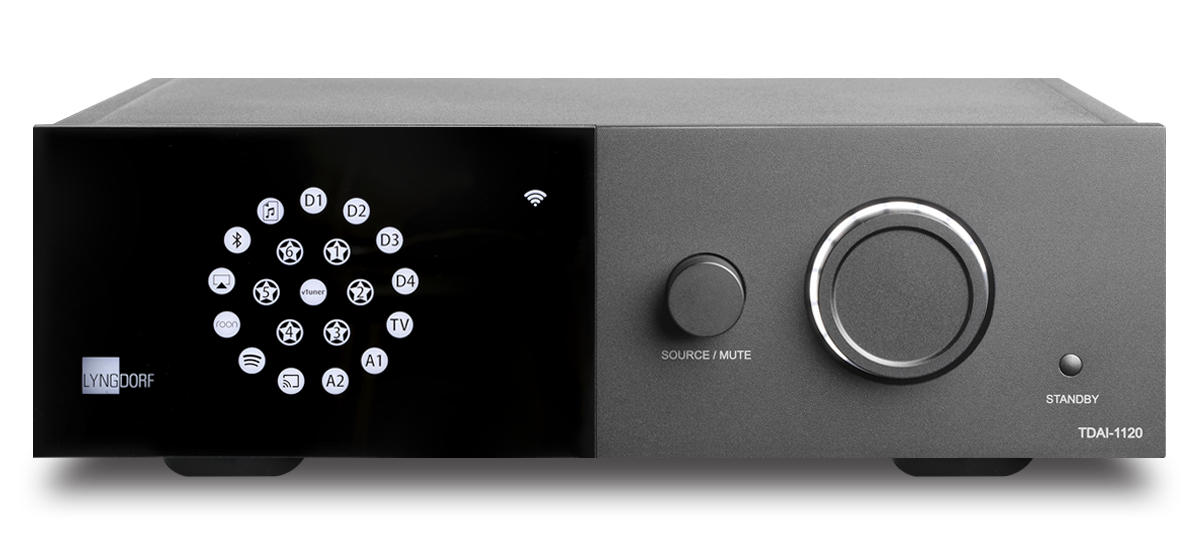
An often-overlooked component in any audio system is the room in which it’s used. All listening environments color the sound. Standing waves can cause wildly uneven bass response—that’s a serious problem in my living room. A room filled with plush furniture, drapes, and carpets will sop up highs like a sponge, making the sound lifeless. A room with many hard, reflective surfaces will have the opposite effect, emphasizing highs and adding stridency.
For systems used in real-world spaces, where it’s not practical to deploy bass traps and sound diffusers, active room correction can be a godsend. On SoundStage! Access, SoundStage! Hi-Fi, and SoundStage! Simplifi, we’ve recently reviewed several integrated amplifiers that offer this feature, including Anthem’s STR (4999.99), Lyngdorf Audio’s TDAI-1120 ($2449), and NAD’s M10 V2 ($2999). Reviewers always comment on how transformative active room correction is. As far as I’m aware, this feature hasn’t been available on any active speakers until very recently. Announced at Munich’s High End in May, Dynaudio’s new Focus lineup of active speakers will offer Dirac Live room correction as an optional upgrade.
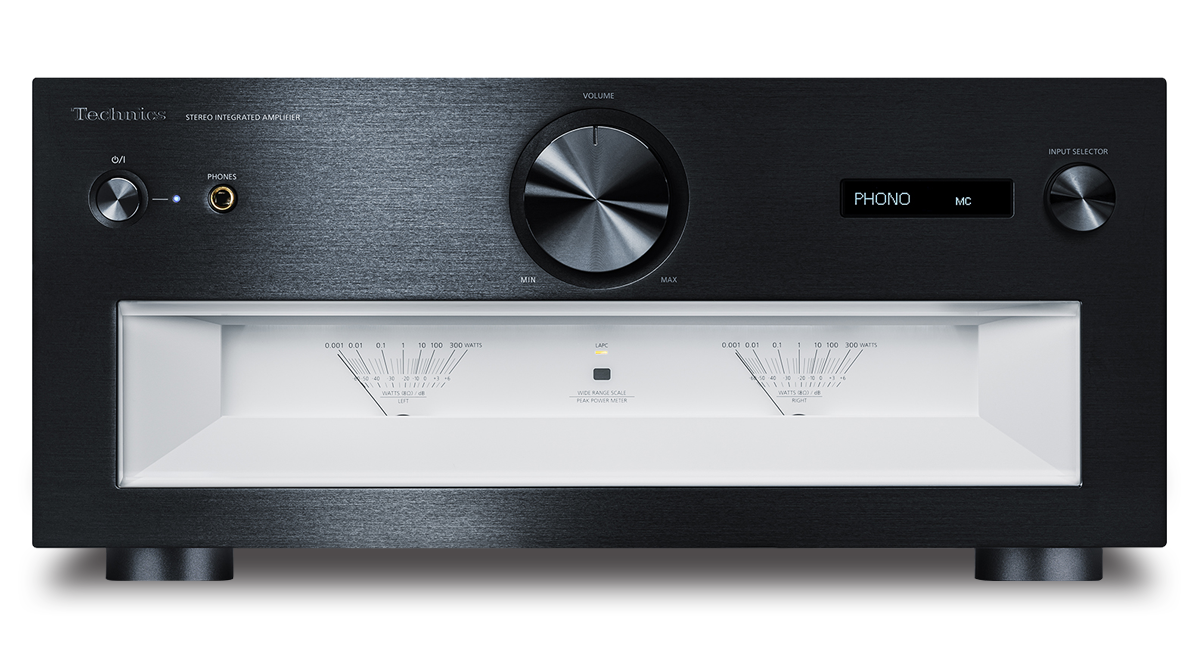
There are many other features, often with niche appeal, available on components but not on active speakers. Here’s one example: the Technics Reference Class SU-R1000 integrated amplifier-DAC ($9499.99) has a feature called Intelligent Phono EQ that uses test signals on a supplied calibration record to analyze behavior of the user’s phono cartridge, and then applies correcting signals that minimize crosstalk and optimize the phono stage’s input impedance.
Upgradability: Part of the enjoyment of our hobby is the thrill of the chase—the pursuit of ever-better sound. It’s much easier to indulge in this aspect of audiophilia with traditional component hi-fi. Upgradability is the advantage traditional audiophiles most commonly cite when debating the trade-offs between component hi-fi and all-in-one active speaker systems.
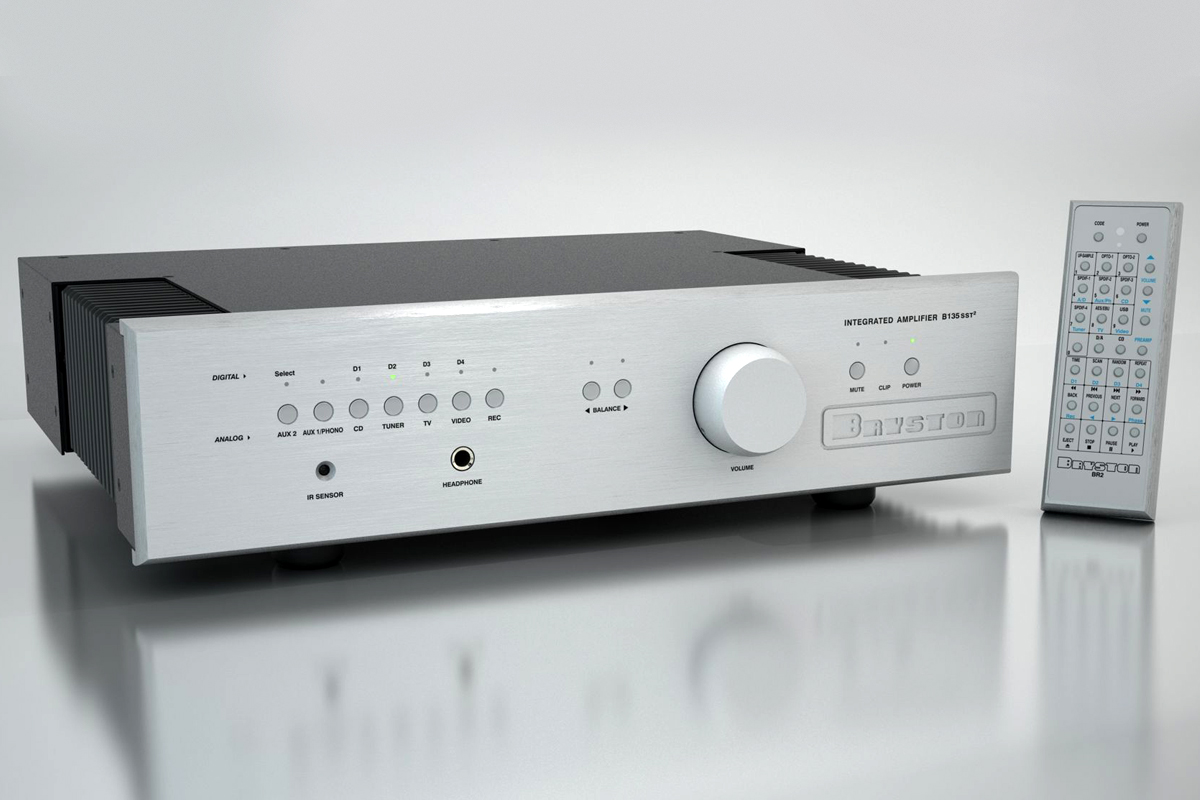
Let’s say you’ve been using a mass-market integrated amp in your system for years, but now want a taste of the high end—maybe something like a Bryston B135 Cubed ($6995). Or maybe you’ve owned a highly regarded speaker from a company’s entry-level series and now want to move up a notch or two—maybe migrate from Paradigm’s Monitor SE Series floorstanders to the Founder Series 100F ($5699.98/pair). It’s way easier to scratch those itches with a component system. There’s no way to do piecemeal upgrades with a setup built around integrated active speakers. If you want a change, you have to start over.
Decision time
So which side wins this debate? When he wrote “Is It Finally Time for Active Speakers?” back in 2017, Doug Schneider observed that active speakers had been a very tough sell in the consumer audio market. But a lot has changed since then.
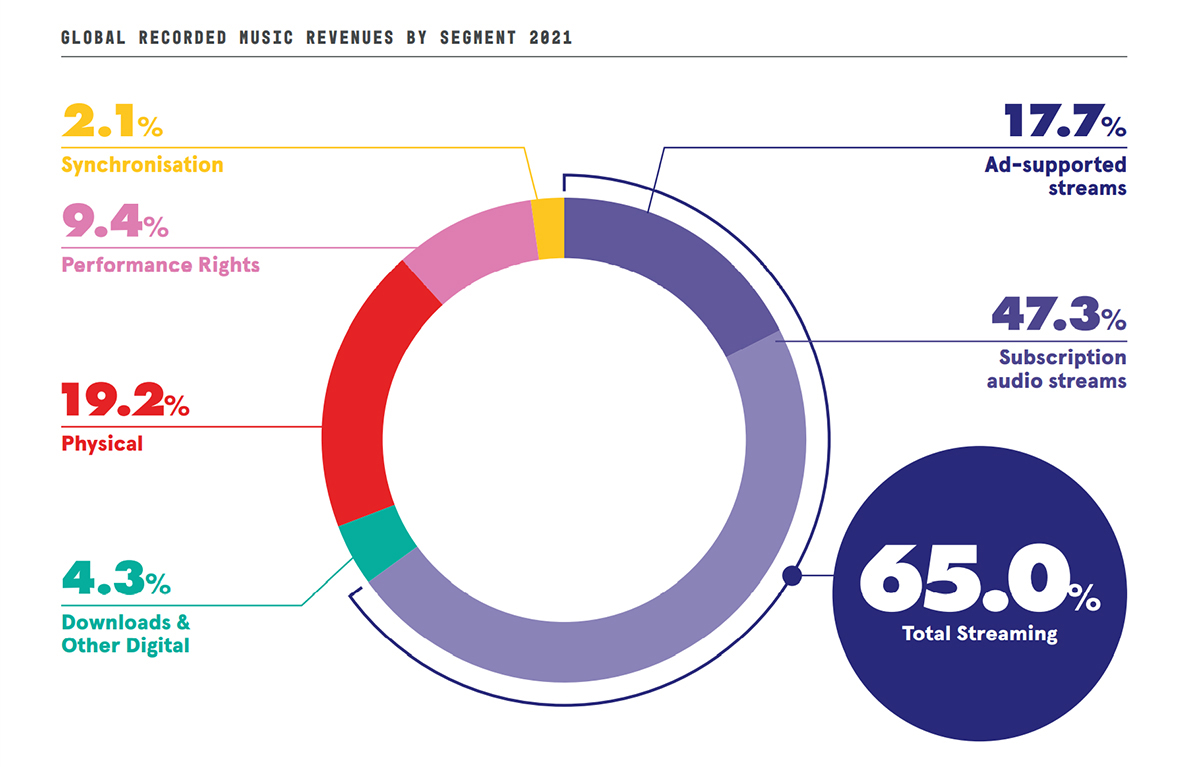
The most important change has been the emergence of streaming as the way many people now discover and consume recorded music. That alone has made active speakers with built-in network streaming a very compelling proposition. As people’s music-consumption habits change, so will their audio systems. Component hi-fi will hang on, but it will drift ever further from the mainstream and eventually become a niche pursuit.
Over time, active speakers with built-in streaming will become the new audio norm, and choices for buyers will expand. That’s already happening. Witness those horn-loaded Tasmanian speakers and the active Dynaudios with optional Dirac Live room correction.
I can imagine a couple of audiophiles venturing into a thrift store 20 years from now and browsing the used audio gear. “Look,” one will crow with delight, “a speaker without an AC socket. How quaint!” The other will respond: “Check this out—an amplifier. Look at all these knobs and switches. Cool!”
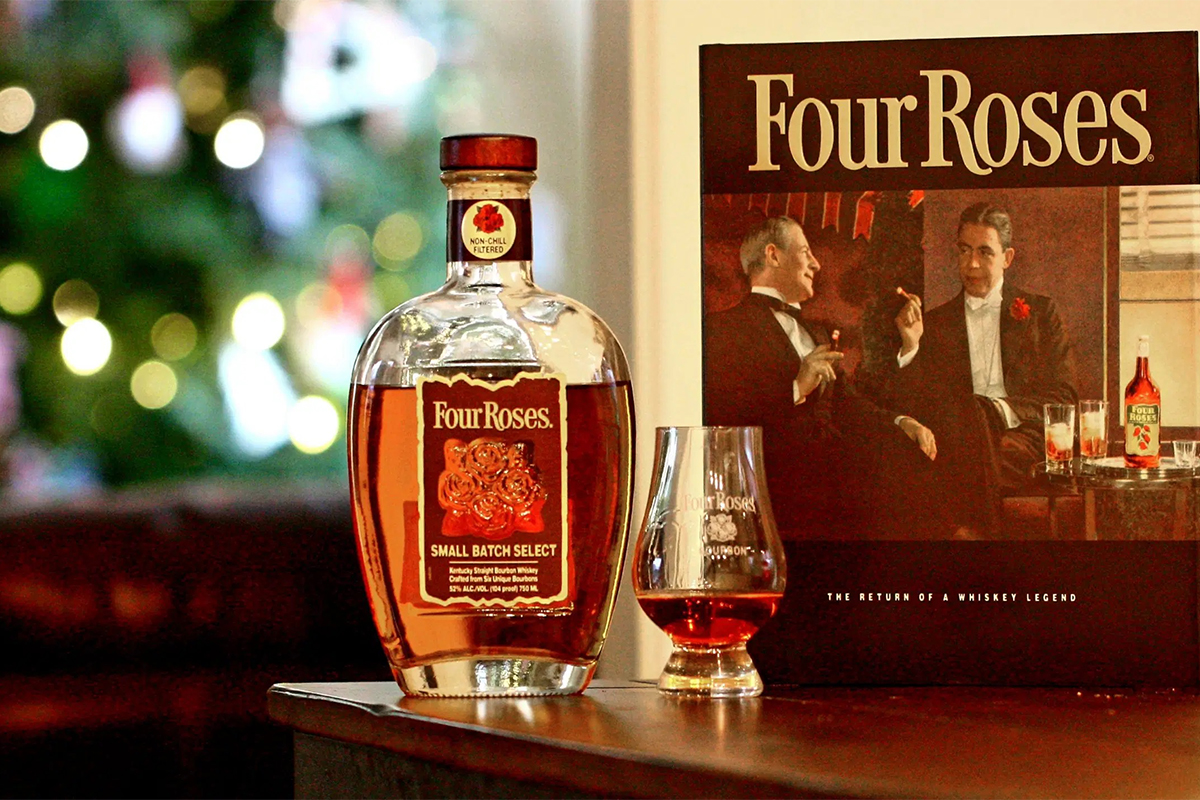
How confident am I that something like this will come to pass? Confident enough to bet a bottle of Four Roses. Not the standard stuff—let’s make it a fifth of Small Batch Select. I’m not the least bit nervous making this bet, because time is on my side—in more ways than one.
I’m already north of 70, so two decades hence I’ll probably be pushing up daisies. If I lose the bet, anyone wanting to collect should contact the lawyer handling my estate.
. . . Gordon Brockhouse



